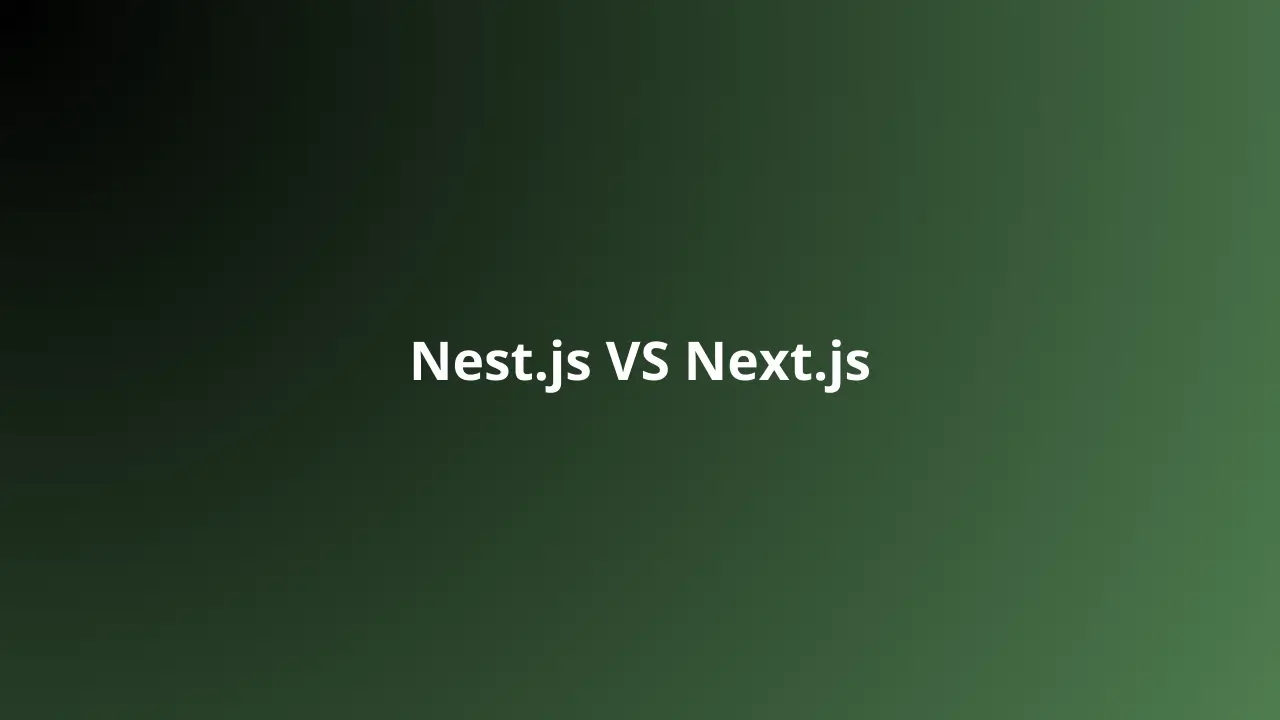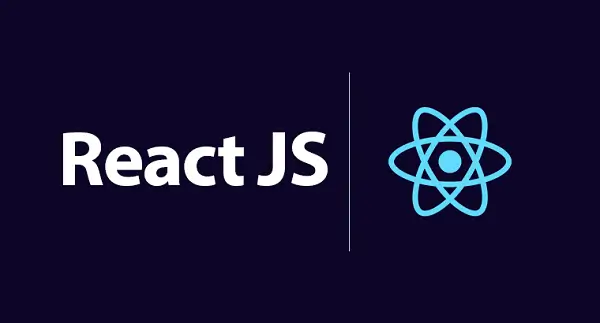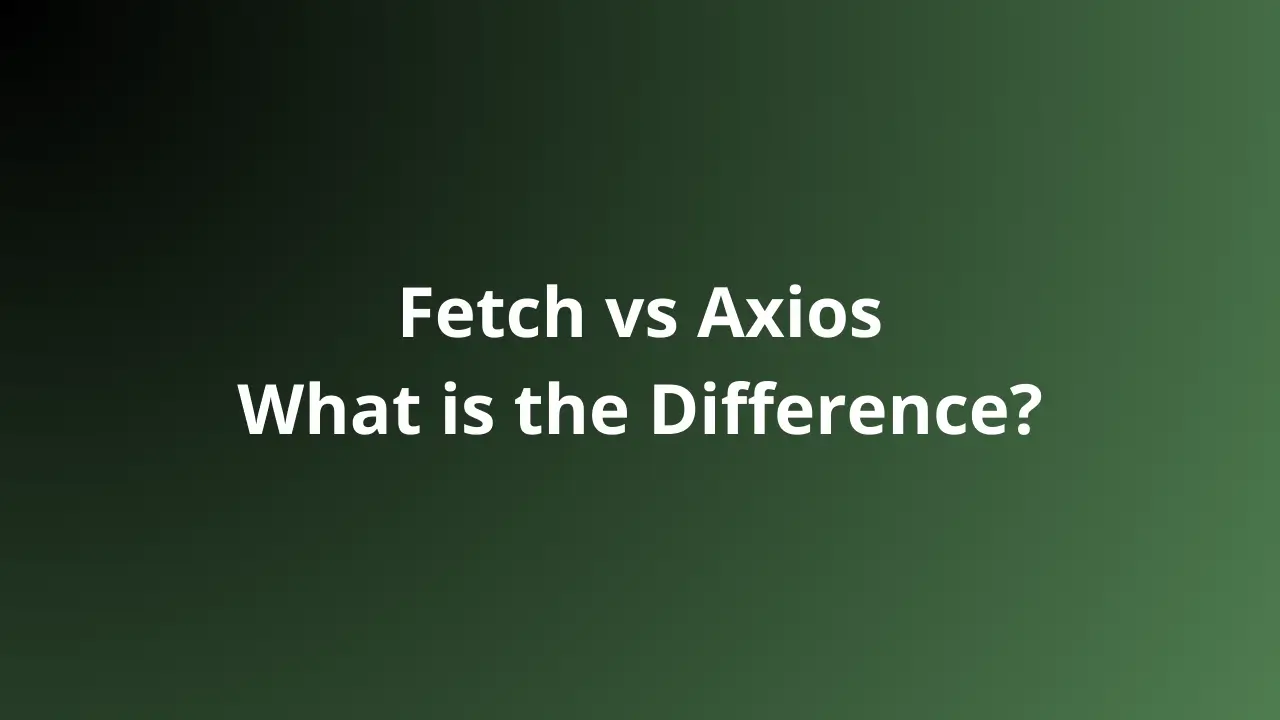Published on May 24, 2025
NestJS vs Next.js: A Complete Comparison for Modern App Development

In the modern world of web development, various frameworks and technologies have emerged to make it easier for developers to build scalable, fast, and efficient applications. Two frameworks that are often compared are NestJS and Next.js. Despite having similar names, both have very different goals and approaches to application development.
This article will discuss the differences, advantages, and disadvantages between NestJS and Next.js, and discuss in the context of the right use for each framework.
What is NestJS?
NestJS is a backend framework for Node.js designed to build modular, scalable, and maintainable applications. Built on Express.js or Fastify, NestJS uses TypeScript by default, although it also supports JavaScript.
NestJS Key Features
- Modular Architecture: Uses the principle of modularization, which makes it easier for developers to organize code based on modules.
- TypeScript Support: Leverages TypeScript features to provide type safety and improve code quality.
- Dependency Injection (DI): Helps in managing dependencies in a more structured way.
- Support for GraphQL and REST API: Can be used to build both REST and GraphQL based APIs.
- Middleware & Guards: Allows better control over requests and responses in the application.
- Easy Testing: With the support of Jest and other testing tools, testing becomes more systematic.
When to Use NestJS?
- If you are building a complex backend API and want a scalable architecture.
- If your team is familiar with TypeScript and wants to use a framework with Dependency Injection.
- If you want to use GraphQL or gRPC in your backend application.
- If the project requires a neat structure and can be maintained well.
What is Next.js?
Next.js is a React-based frontend framework designed for Server-Side Rendering (SSR), Static Site Generation (SSG), and Hybrid Rendering. This framework is developed by Vercel and is often used in modern website development.
Key Features of Next.js
- Server-Side Rendering (SSR): Improves SEO performance by rendering pages on the server before sending them to the client.
- Static Site Generation (SSG): Generates static pages at build time, enabling high performance and less workload on the server.
- Incremental Static Regeneration (ISR): Allows dynamic updating of static pages without the need to rebuild the entire site.
- API Routes Support: Provides a lightweight backend in frontend applications by creating API endpoints directly in the Next.js application.
- TypeScript Support: Like NestJS, Next.js also supports TypeScript by default.
- Image Optimization: Provides built-in image optimization features to improve website performance.
When to Use Next.js?
- If you want to build modern web applications with React that are SEO-friendly.
- If your project requires Static Site Generation (SSG) or Server-Side Rendering (SSR).
- If you want to develop an e-commerce website, blog, or news portal that requires high speed and SEO optimization.
- If you want to integrate API Routes without having to manage the backend separately.
Differences Between NestJS and Next.js
Here is a comparison table between NestJS and Next.js:
| Features | NestJS | Next.js |
|---|---|---|
| Framework Type | Backend | Frontend |
| Base Language | TypeScript/JavaScript | TypeScript/JavaScript |
| Architecture | Modular, MVC, Dependency Injection | Component-based, Hybrid Rendering |
| Rendering | None (backend) | SSR, SSG, ISR |
| SEO Friendly | Not relevant (backend) | Very good (because of SSR and SSG) |
| Primary Uses | Backend API (REST/GraphQL) | React Frontend, SEO-friendly Website |
| Database Integration | Yes (with Prisma, TypeORM, etc.) | Not directly, but can use API Routes |
| Middleware Support | Yes | Limited to API Routes |
| Performance Optimization | Depends on the backend used | Built-in optimizations like Lazy Loading and Code Splitting |
Combination of NestJS and Next.js in One Project
Although both have different main purposes, NestJS and Next.js can be used together in one project. This combination is ideal for developing full-stack applications that have a strong backend and a fast and SEO-friendly frontend.
Implementation Examples
- Backend with NestJS
- Using NestJS to manage databases and REST/GraphQL APIs.
- Implementing user authentication and authorization.
- Using Prisma or TypeORM for database ORM.
- Frontend with Next.js
- Using Next.js to build interactive and fast user interfaces.
- Utilizing SSR or SSG to improve performance and SEO.
- Using API Routes to communicate lightly with the backend if needed.
With this approach, developers can take advantage of the advantages of each framework and create powerful and optimal applications.
Conclusion
NestJS and Next.js are not direct competitors, but rather different tools with their own purposes.
Use NestJS if you want to build a powerful backend API with modular architecture and Dependency Injection.
Use Next.js if you want to build a modern frontend based on React with the benefits of SSR, SSG, and optimal SEO.
Use both in one project if you want to create a full-stack application with a fast frontend and a reliable backend.
By understanding the differences and benefits of each, you can choose the technology that best suits your project needs. Hopefully, this article helps you understand NestJS vs Next.js in more depth!





